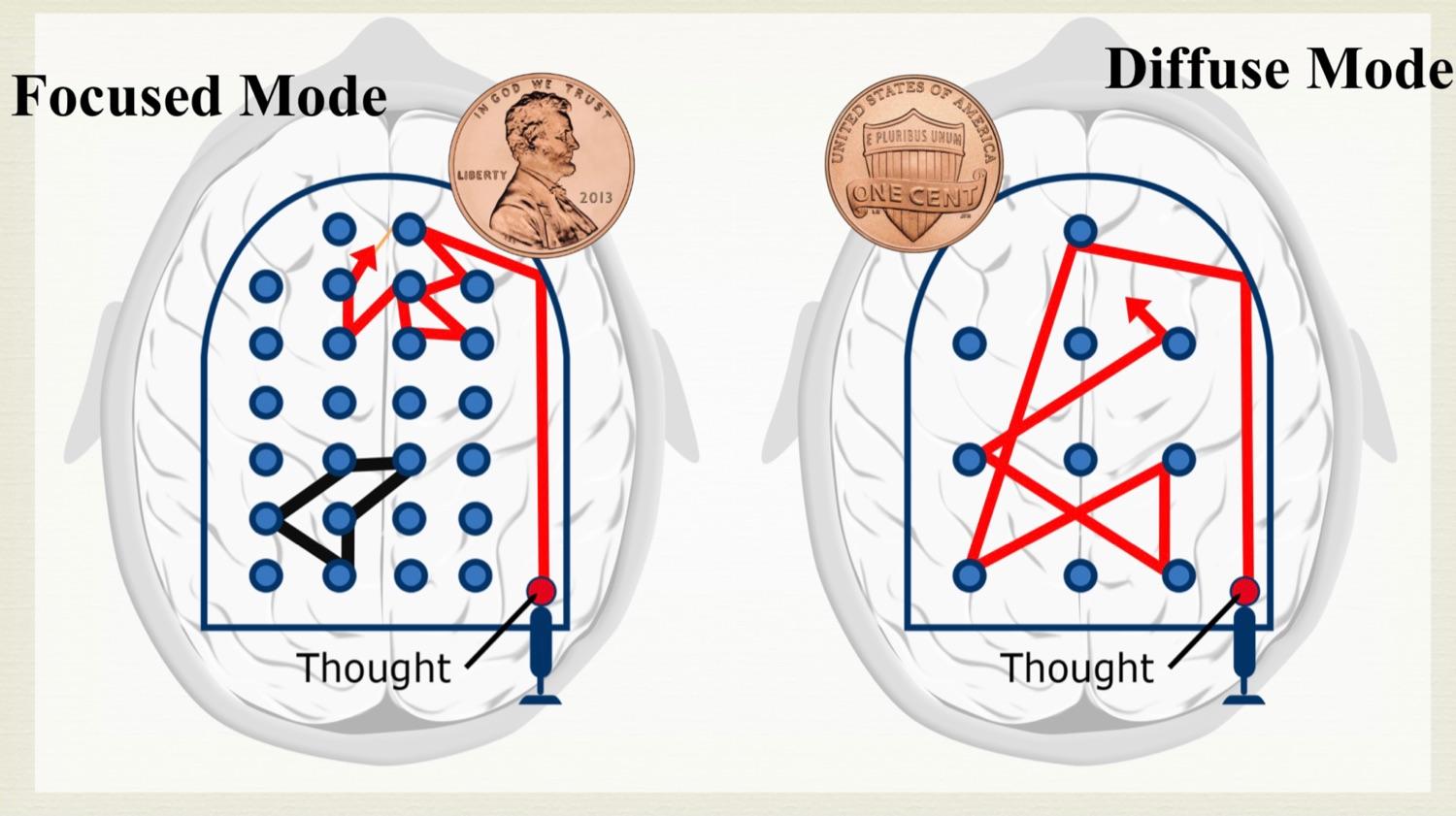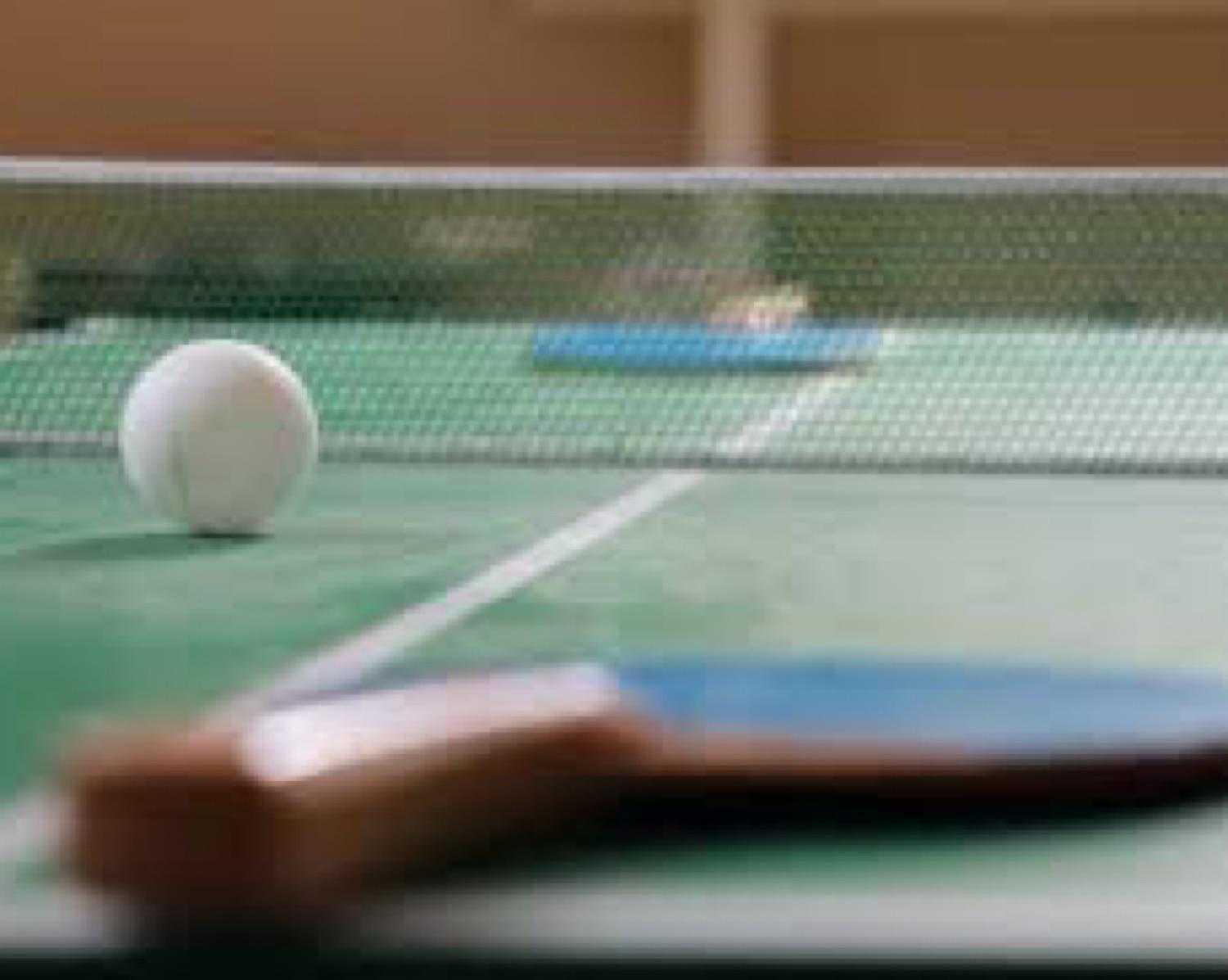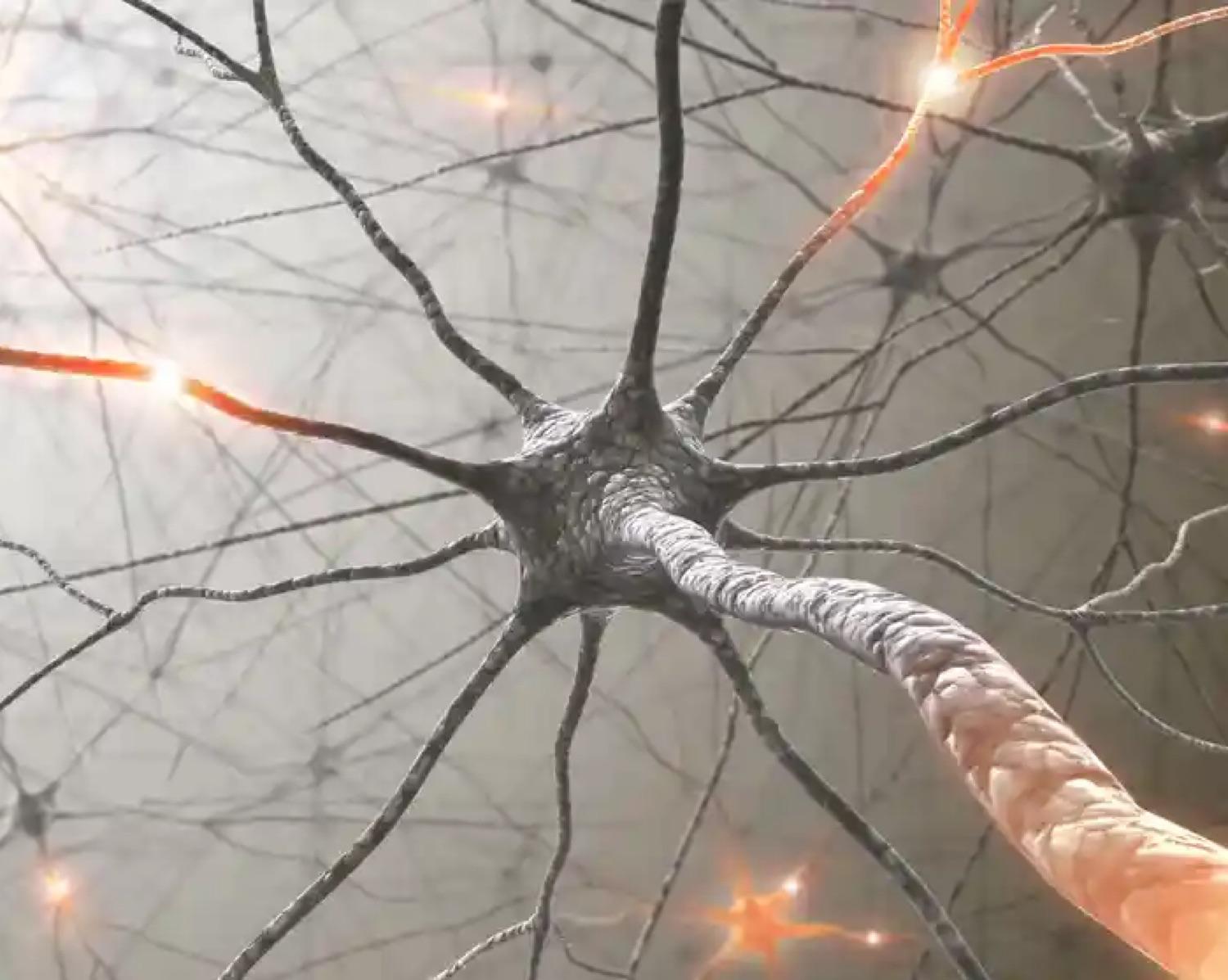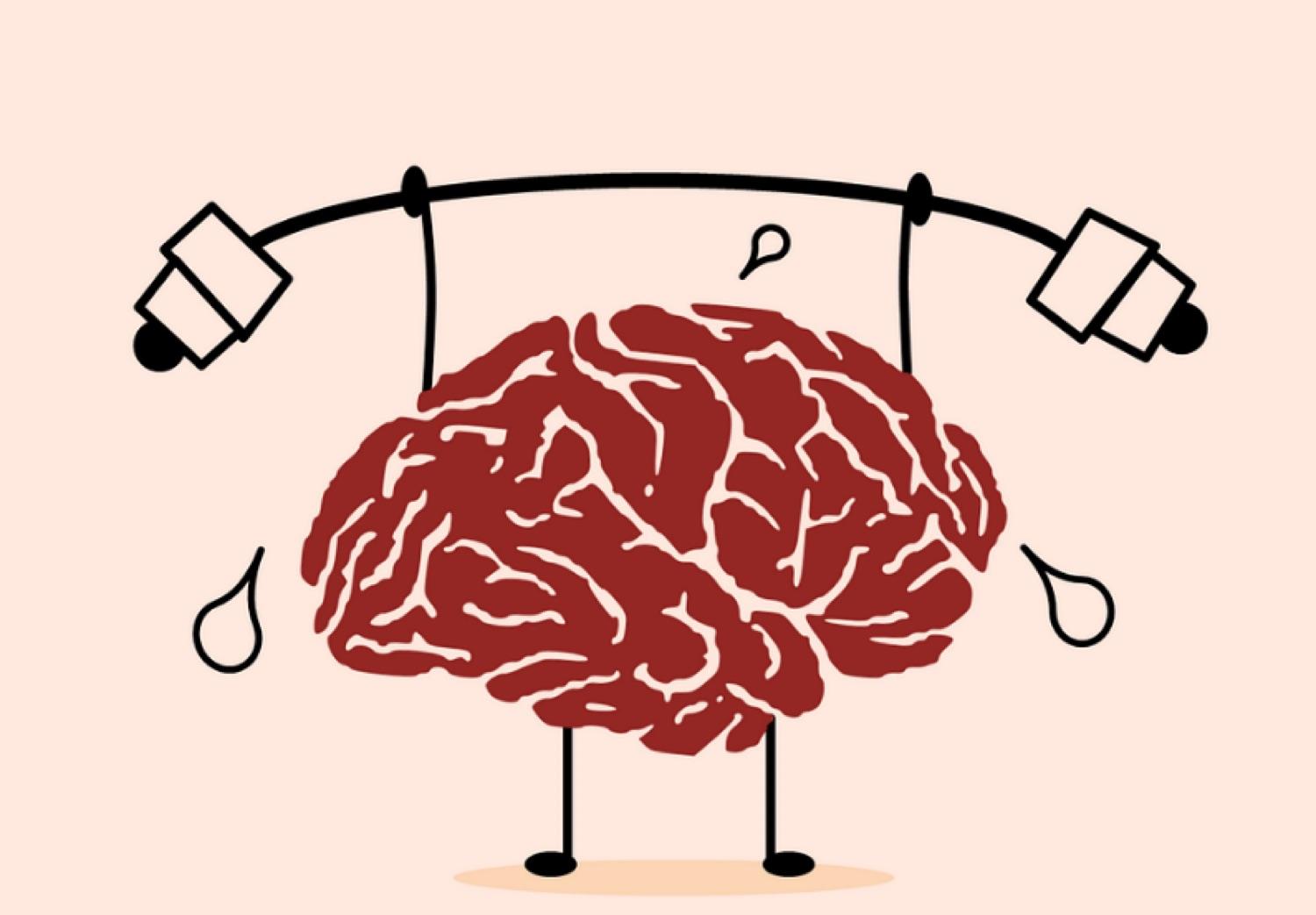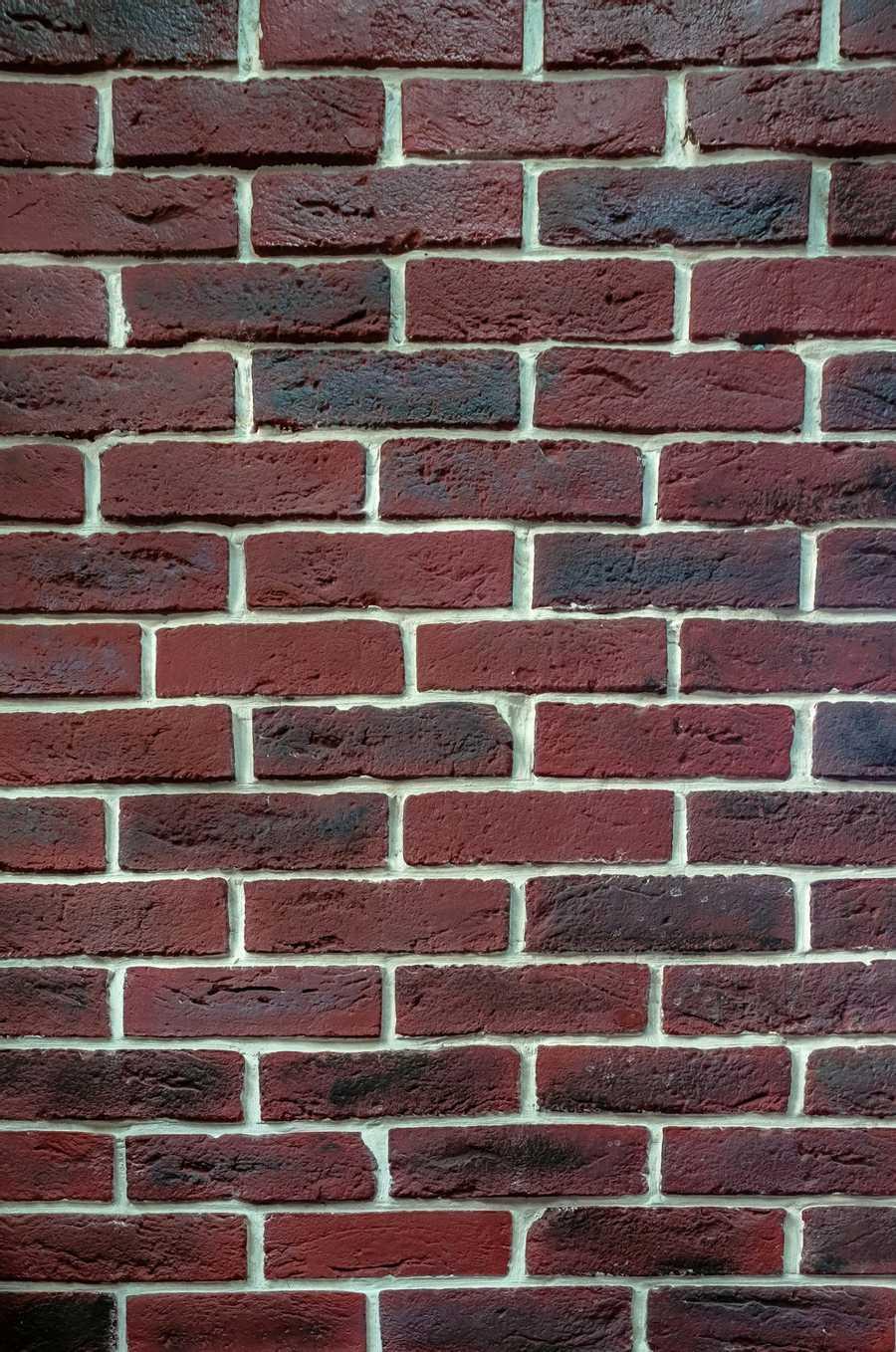Learn more about education with this collection
How to create a cosy and comfortable home environment
How to cultivate a sense of gratitude and contentment
The benefits of slowing down and enjoying simple pleasures
Focused & Diffuse Modes - two modes of thinking
Focusing:
- concentrating intently on sth you're trying to learn
- sth you're rather familiar with -> thought moves smoothly as if it's traveling along a familiar, nicely paved road
Diffuse thinking:
- more relaxed, related to a set of neural resting states
- for new ideas/ approaches
- looking at things broadly from a big picture perspective -> making new neural connections & pathways
- it’s not for problem solving/finest aspects of sth, but for getting to the initial place you need to be in to home in on a solution
Each helps us to learn, but you can't be in both modes at the same time.
55
320 reads
Salvador Dali’s Technique to Be Creative
- Relaxed in a chair, letting his mind go free, often still vaguely thinking about what he had been previously focusing on
- A key in his hand, dangling it just above the floor
- As he would fall asleep, the key would fall from his hand waking him up, just in time so he could gather up those diffuse mode connections & ideas
- Then going back into the focused mode, he‘d build on these connections
53
265 reads
Switching Between The Two Learning Modes
Thomas Edison used the same technique as Dali, only with a ball.
When you're learning something new, especially something that's a little more difficult, your mind needs to be able to go back and forth between the 2 different learning modes. That's what helps you learn effectively.
To gain muscular structure, you need to do a little work every day, gradually allowing your muscles to grow.
Similarly, to build neuro-structure, you need to do the same. A little work every day, gradually allowing yourself to grow. That’s the trick.
56
233 reads
Build & Strengthen Your Neurons
Neurons become linked together through repeated use. The more abstract sth is, the more important it’s to practice to bring those ideas into reality for you.
- If you first begin to understand sth, e.g. how to solve a problem, the neural pattern is very weak -> a faint pattern
- Solving it again without solution deepens that neuron pattern (darker pattern)
- Going over each step in your mind & practicing on related problems -> dark pattern
Practice makes permanent.
- enriched environment (people around us instead of isolation) & excising creates new neurons -> helps learning + memory
52
202 reads
Working Memory
- what you're immediately & consciously processing in your mind
- through its connections to other parts of your brain, you can access long term memories
- holds only about 4 chunks of information (researchers said 7 in the past)
- We group memory items into chunks, to make our working memory bigger than it actually is
50
239 reads
Long Term Memory
- like a storage warehouse
- it's where you store fundamental concepts & techniques that are often involved in whatever you're learning about
- When you encounter sth new, you often use your working memory to handle it. If you want to move that information into your long term memory, it takes time and practice. You need to repeat it at least a few times or it can be difficult for you to find it later when you might need it.
52
156 reads
Spaced Repetition
- repeat what you're trying to retain, but space this repetition out -> e.g. practice a new voc. word/ a problem solving technique over several days
- Research: if you repeat sth 20times in one evening, you won’t remember nearly as well as if you practice it 20x over several days.
- Like building a brick wall: If you don't leave time for the mortar to dry, that is, time for the synoptic connections to form and strengthen, you won't have a very good structure.
54
174 reads
The Importance of Sleep in Learning
Metabolic toxins in your brain-> Sleep helps to wash away them, keeps the brain clean & healthy
Too little sleep makes you do worse on tests (you can't think clearly)
Over too long of a time: headaches, depression, heart disease, diabetes, aging/ dying earlier
Sleep:
- important for memory & learning process
- organizing ideas & concepts
- strengthens neural patterns
- improved problem solving & understanding skills
Repeat what you want to learn (focused mode) right before you sleep (diffuse m.) + set in mind to dream about it -> increased chance of dreaming -> better understanding
53
149 reads
What is a Chunk?
= pieces of information bound together through meaning/ use
The new logical whole makes the chunk easier to remember & also makes easier to fit it into the “larger picture”.
Just memorizing a fact without understanding is not enough, you have to find a place for it.
How does it work?
- Focused practice + repetition (4 slots of working memory make connections to informations of your brain, when you’re angry/stressed/ afraid->less of those connections)
- Creation of chunks
- Small chunks becomes larger
- As you gradually become a master of the material, you’ll have more creative interpretations of it
47
140 reads
How to Form a Chunk?
The best chunks are so well ingrained, that you don't even have to consciously think about it.
When you're learning new math/science material:
- Undivided attention. Let your brain focus on chunking.Leave free the limited slots in working memory
- Understand the main idea/connection bw. the basic elements. Start with an example with solution
- Figure out why the steps are taken the way they are. See the key features. Underline principles of a problem
- Concern:it can be all too easy to focus too much on why an individual step works & not on why this particular step’s the next thing you should do!
45
138 reads
How to Form a Chunk? - Part2
Can you create a chunk if you don't understand? Yes, but it's often a useless chunk that won't fit in with other materials.
Just understanding how a problem was solved doesn’t necessarily create a chunk that you can easily remember later. Don't confuse the "Aha!" of a breakthrough in understanding, with solid expertise.
Math/science:
- review it soon after you first learned it
- close the book & test yourself
- solving the problem speeds up your learning. Seeing/ understanding it doesn't mean that you can actually do it. Doing it yourself helps create the patterns
43
140 reads
Gain Context
Gain context to see not just how, but also when to use this chunk!
How to start with a new topic?
- Do a 2min. picture walk through a chapter (glancing at pictures & section headings allows you to gain a sense of the big picture to see where it fits in)
- Begin studying it:Learn the major concepts first, then fill in the details
- Go beyond the initial problem, see more broadly. Repeat & practice with both related & unrelated problems
- to see not only when to use the chunk, but when not,
- to build & strengthen each chunk, so you can easily access it whenever you need to
38
143 reads
IDEAS CURATED BY
Other curated ideas on this topic:
Read & Learn
20x Faster
without
deepstash
with
deepstash
with
deepstash
Personalized microlearning
—
100+ Learning Journeys
—
Access to 200,000+ ideas
—
Access to the mobile app
—
Unlimited idea saving
—
—
Unlimited history
—
—
Unlimited listening to ideas
—
—
Downloading & offline access
—
—
Supercharge your mind with one idea per day
Enter your email and spend 1 minute every day to learn something new.
I agree to receive email updates

